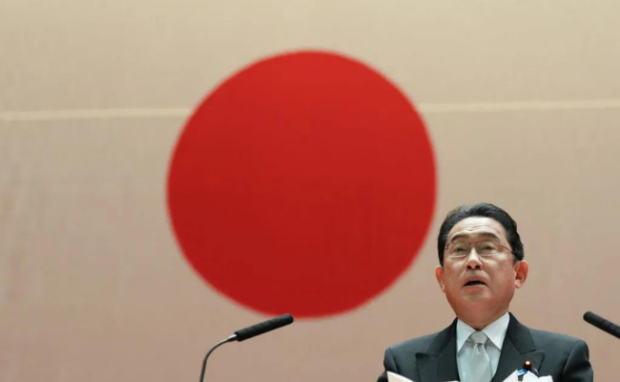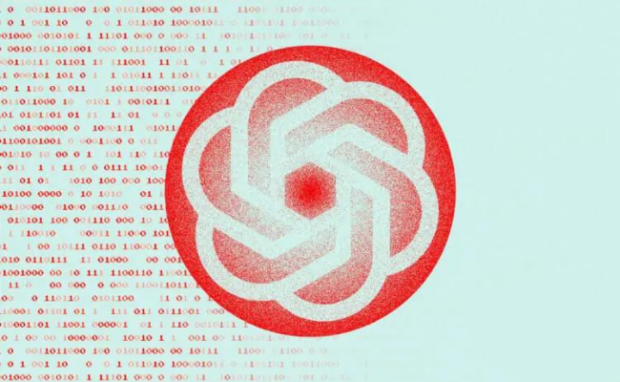Japan is building its version of ChatGPT
Most recognize Japan for its near-futuristic cities and robots, so it’s no surprise to see the country adopt generative artificial intelligence. For example, more of its government offices use ChatGPT to facilitate administrative tasks. However, they discovered the AI bot failed to translate the complex Japanese language accurately. Hence, they will make a new version.
This issue is interesting to explore because it shows how culture collides with modern technologies. Soon, your country will likely adjust ChatGPT and similar tools to fit the needs and beliefs of your people. Japan has been excellently blending modern technology and ancient traditions for years so that it could be a guide for other nations.
This article will discuss why The Land of the Rising Sun needs new generative AI tools and how it plans to create them. Later, I will explain how people create AI bots to further elaborate on that development.
Why create a Japan ChatGPT?
Japan is building its own versions of ChatGPT, spurred by a concern that AI systems trained on data sets in other languages cannot grasp the intricacies of Japan’s language and culture https://t.co/DhUCdJIfWo
— nature (@Nature) September 14, 2023
The Japanese language, Nihongo, is wholly different from English. Tohoku University researcher Keisuke Sakaguchi says the current iteration of ChatGPT only translates Japanese into English.
“Current public LLMs, such as GPT, excel in English, but often fall short in Japanese due to differences in the alphabet system, limited data, and other factors,” he explained to Nature. These problems stem from their design.
ChatGPT creator OpenAI came from the United States, which mainly speaks English. Consequently, it’s only natural its developers would create large language models trained in that language.
However, that limits its functionality for nations that do not have English-speaking majorities, namely Japan. Nihongo is arguably more complicated than English.
English only has 26 letters. Conversely, Nihongo has three character sets: Hiragana, Katakana, and Kanji. Hiragana and Katakana work like English because you combine their characters to make words.
You may also like: Japan uses AI to care for seniors
However, Kanji consists of thousands of Chinese characters with sometimes similar meanings. Also, Nature says it has 50,000 that most people don’t use anymore.
The problems start when the LLM merely connects user queries with all those characters. As a result, Sakaguchi says ChatGPT “sometimes generates extremely rare characters that most people have never seen before, and weird unknown words result.”
Most machine learning models apply the English structure to Japanese translations. Often, they ignore the casual and formal forms that are important when communicating in Japanese society. As a result, Japanese folks find it awkward to read results from Japan ChatGPT.
How will Japan create a better chatbot?

Photo Credit: time.com
Researchers created a special LLM ranking system called Rakuda to create a better Japan ChatGPT model. Cofounder Sam Passaglia and his team asked ChatGPT to compare the cultural appropriateness and fluidity of answers to standard prompts.
Passaglia said, “Certainly, Japanese LLMs are getting much better, but they are far behind GPT-4. This is not technically insurmountable but just a question of resources.”
That is why various Japanese government institutions and universities plan to use one of the world’s fastest supercomputers, Fugaku. This machine could significantly reduce training time for this new large language model.
You may also like: Researchers create generative AI assistant
However, the country may surpass the Fugaku LLM with another project. Japan’s Ministry of Education, Culture, Sports, Science, and Technology is funding an AI program for scientific research.
Makoto Taiji, deputy director at RIKEN Center for Biosystems Dynamics Research, said, “We hope to dramatically accelerate the scientific research cycle and expand the search space.”
Shotaro Kinoshita, a researcher in medical technology at the Keio University School of Medicine in Tokyo, stated, “If a Japanese version of ChatGPT can be made accurate, it is expected to bring better results for people who want to learn Japanese or conduct research on Japan.”
How do you make an AI chatbot?

Photo Credit: tokyoweekender.com
Understanding the Japan ChatGPT projects without knowing the basics of making an AI assistant is difficult. That is why I discussed each step below:
- Define what your chatbot must do. Let’s say you want an office chatbot. Should it answer customer inquiries or send emails automatically?
- Next, choose the AI platform that will support your chatbot. For example, you could use IBM or Alibaba Cloud for your business, depending on which one is available. Alternatively, you could create one from scratch. Building it would likely require more time and money, but you can guarantee it will fit your company’s needs.
- You must develop the AI logic, which consists of the processes it will follow to produce results from queries. That is a complicated process I could only explain in this other article. Imagine how difficult it is for the Japan ChatGPT developers!
- Then, train your AI model with massive amounts of data. Your IT team must verify your LLM processes data according to your requirements and adjust errors immediately.
- Build and test your AI program by letting people test it. You could ask your employees first or get a team of volunteers to see whether your software is ready for users.
- Lastly, deploy your AI assistant and monitor its performance. Also, have your IT team ready to resolve issues should they arise.
You may also like: Meta launches AI translator
Conclusion
ChatGPT fails to follow Japanese cultural norms and grammar rules when generating text. Consequently, the country will develop a Japan ChatGPT model.
The Land of the Rising Sun wouldn’t be the only one to encounter this issue. For example, China may need to readjust its new LLMs if it releases them overseas.
The Philippines may also need a Filipino ChatGPT to suit its numerous dialects. Learn more about the latest digital tips and trends at Inquirer Tech.